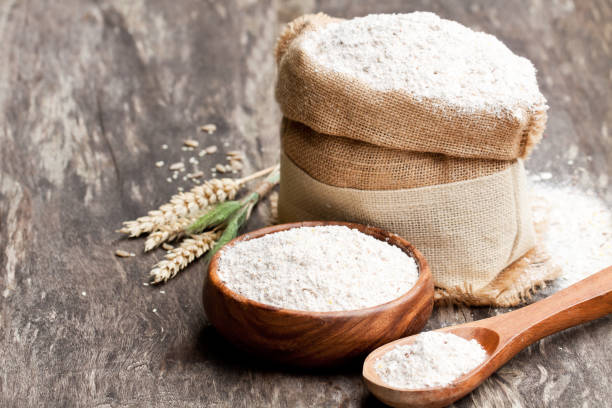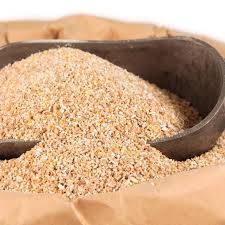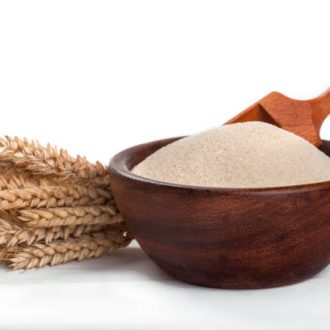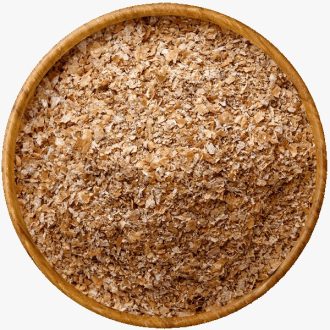Description
Specification Of Flour (Grade Wise)
| TYPE | WHOLE WHEAT FLOUR (CHAKKI ATTA) |
FINE WHEAT FLOUR (MAIDA) |
|---|---|---|
| Color | Creamish White | White |
| Protein | 11% Min | 11-13% Min |
| Moisture | 14% Max | 14% Max |
| Ash | 1.20% Max | 0.65% Max |
| Wet Gluten | 27% Min | 27% Min |
| Dry Gluten | 8% Min | 8.5% Min |
| Packing | Multi wall plain new PP bags of 25 kgs or 50 Kgs | |
| Container Loading | 23 MT per 20 FT | |
Wheat flour is a powder made by grinding wheat grains and is a staple ingredient in many cuisines, particularly for baking. It’s derived from the wheat kernel’s endosperm, bran, and germ, with the proportions of these parts determining the type and characteristics of the flour. Different types of wheat, milling processes, and intended uses result in a variety of flours with varying gluten content, protein levels, and textures.
-
White flour:Made primarily from the endosperm, resulting in a fine, powdery texture and is often bleached.
-
Whole wheat flour:Contains all parts of the wheat kernel (bran, endosperm, and germ), offering a more nutritious and textured product.
-
Brown flour:Includes some of the germ and bran, offering a balance between white and whole wheat flour.
-
Germ flour:Made from the endosperm and germ, excluding the bran.
-
Hard flour (bread flour):High in gluten, providing elasticity and strength to doughs, ideal for breads and other baked goods that need to rise.
-
Soft flour:Lower in gluten, resulting in a more tender and crumbly texture, commonly used for cakes, pastries, and cookies.
- Roller milling: Separates the bran, endosperm, and germ, allowing for the creation of different flour types.
- Wheat flour is a versatile ingredient used in a wide range of baked goods (breads, cakes, pastries, etc.), as well as in pasta, noodles, and other dishes.





